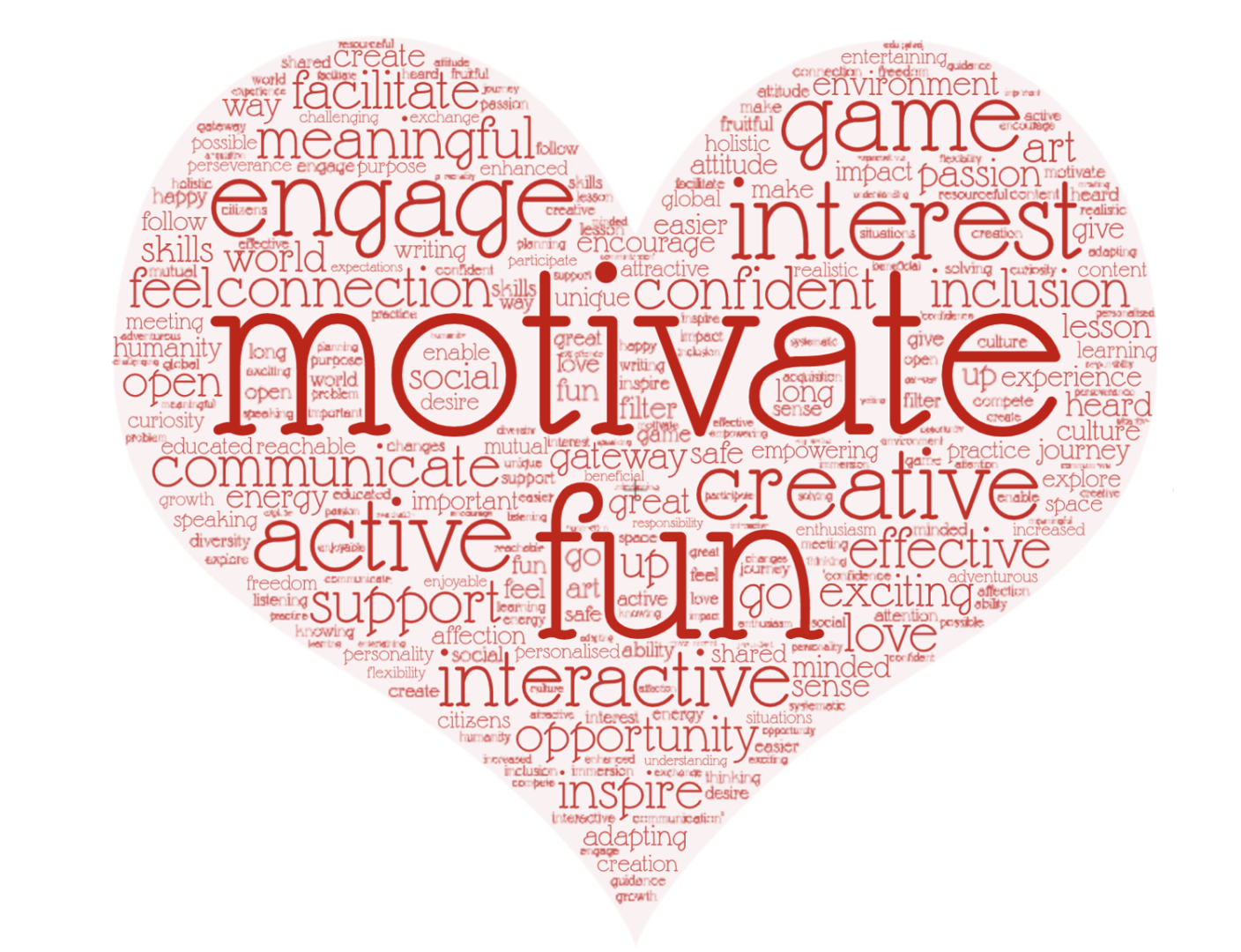In the current issue of ELT NEWS, we focus on teaching young learners. A teacher of young learners, especially of those aged below 10 years ultimately takes on the role of children’s entertainer. For kid’s classes, you need to have a lot of different activities planned beforehand because if you are left thinking on the spot trying to come up with something to do, the kids sense your distraction and this is when chaos starts to ensue in the classroom.
The best way to start a class of young learners is to have an activity at the beginning that will engage them and tire them out e.g., a song. This shows you are happy and relaxed -most likely they will be too.
The use of songs, poems and rhymes is a valuable tool in the young learners’ class. It’s also the best method to introduce language in a meaningful and enjoyable way.
When students sing or recite, they automatically assume command of the prosodic features of the language. The prosodies are stress, rhythm, intonation and syllable length -features which affect whole sequences of sounds. These patterns are among the most difficult aspects of language for students to master.
Poems and songs exaggerate the rhythmic nature of a language. This is especially important for English, which is a syllable timed language with stressed syllables being spoken at roughly equal time intervals, even in everyday speech. When the students recite or sing, they are obliged to use the prosodies correctly in order to reproduce the swing of the piece. Once the song or rhyme has been learned, it is in their minds for the rest of their lives, with all the rhythms, grammatical niceties and vocabulary.
Songs and rhymes also give insights of the target culture. They are authentic texts, and as such they are motivating. Music not only creates a happy and relaxed environment, but also helps the teacher accomplish worthwhile work. In addition to useful colloquialisms, songs sometimes contain interesting representations of dialectal speech.
Teaching a song or a poem is not difficult. The aim is to bring students to the stage where they can reproduce the piece, understanding most or all of it. Use chorus repetition, line by line, until the class seems confident. If you feel it helps, write the lines on the board as you practice them. When they have repeated each line a few times, let the students sing the whole song.
On linguistic grounds alone, songs and rhymes deserve a regular place in the classroom. In addition to providing useful words and structures, they impose the correct use of the prosodic features on the learners. Students also improve pronunciation; they learn to speak with a recognizable English accent. Songs and rhymes are also highly motivating. The learners look forward to the lessons which are enlivened by their use.
The use of stories is another valuable tool. You illustrate the story line with pictures and mime. This is the best approach for young learners who do not worry about understanding every word in a text. The kids can draw pictures of the characters they hear in a story or create puppets to help retell a story. They can colour pictures of items and characters from stories. They can find pictures in magazines, related to a theme or topic in a lesson, and bring them to class.
Also, lessons can be built around topics or themes, such as animals, friends, food or family.
A class of young learners needs to become a community; that is, a group of learners with shared goals, needs and concerns. Thinking of a class as a community means seeing it as a place where each child cooperates and collaborates to achieve the class’s common goals. This leads to more productive learning. Children who interact and collaborate with other learners develop a more positive attitude towards learning and a greater sense of self-confidence than those in other learning arrangements.
Since the learners will have little knowledge of English to call upon, they need careful language support for learning activities. Success will depend on the teacher providing language models, demonstrating the way the activities can be carried out in English and providing the language support an activity depends upon.
Children like to be successful at things they do in class. In order to achieve this, it is important to set clear goals and let them know when they have been successful, or if not, why not. Praise for success is very important for young learners, for example, by using stars, stickers, points or smiley faces.
Use the target language for instructions, for routines such as forming groups, for introducing activities, for giving feedback and for other teaching processes. Use the mother tongue only when it is absolutely necessary.
